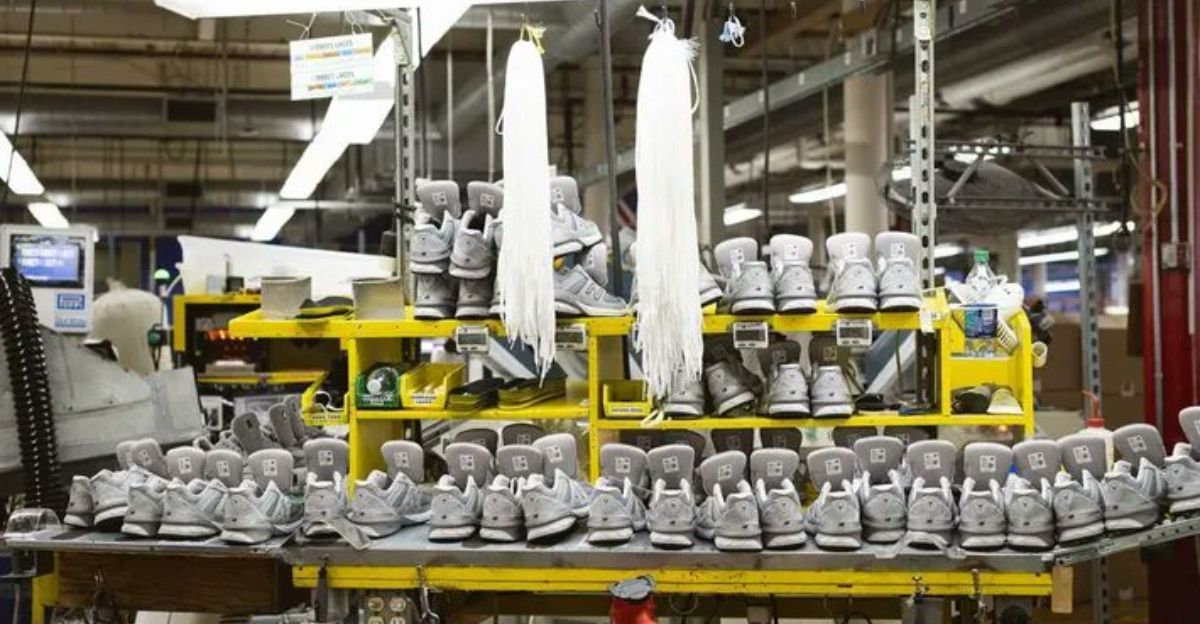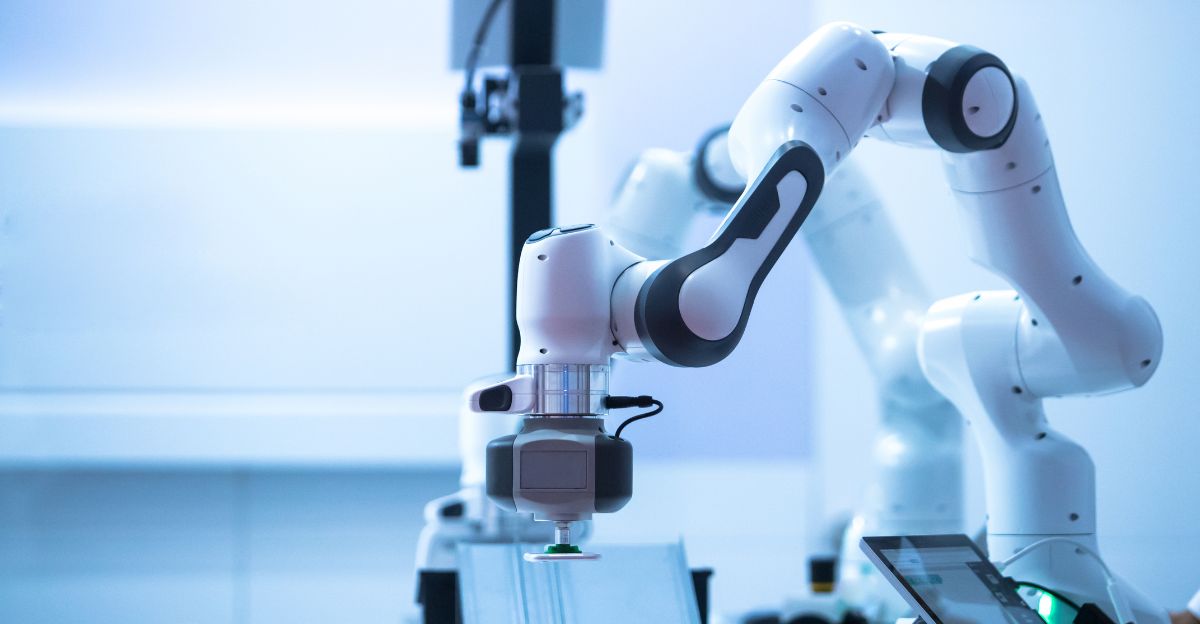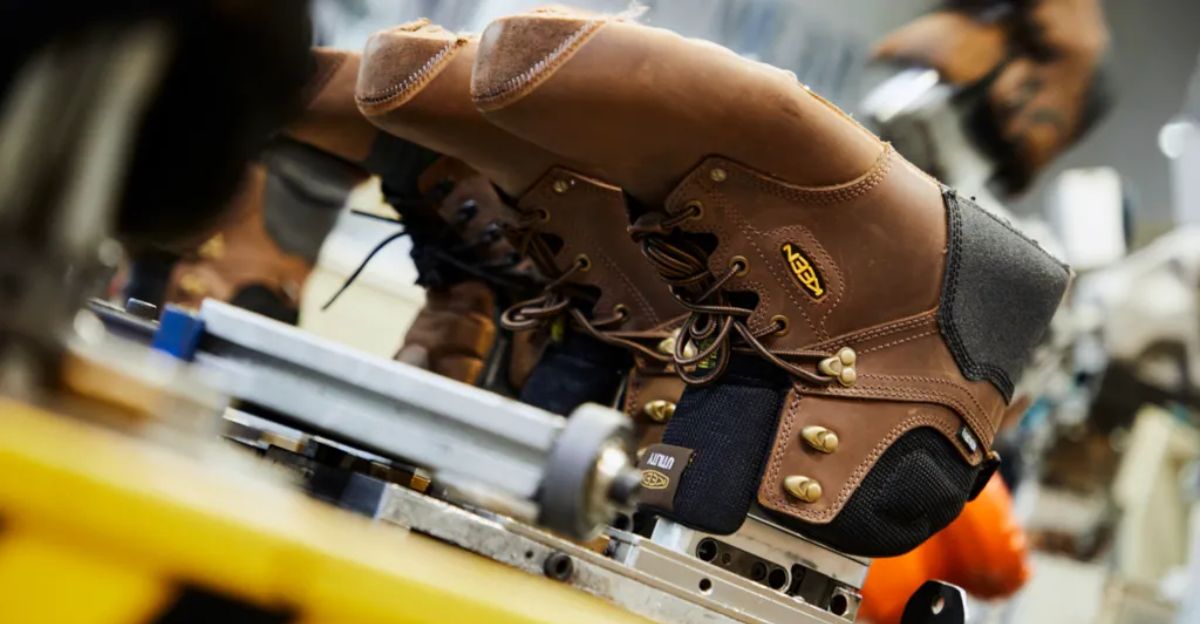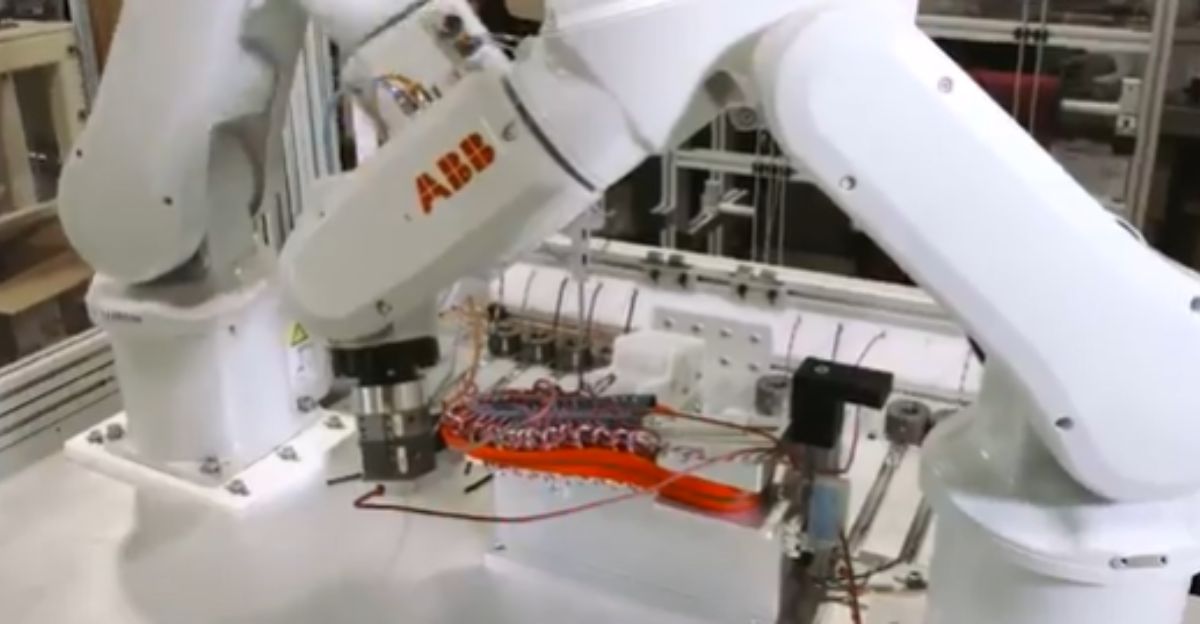
In Kentucky just outside of Louisville, the family-owned shoe company Keen plans to open a new factory, in line with the “America First” economic vision.
This development is representative of the beginning of a manufacturing revival in the US. However, Keen’s own factory employs only 24 employees, relying heavily on automation such as robots that fuse soles and trim materials.
This highlights a shift from labor-intensive to capital-heavy, highgh-tech manufacturing in America today. So is U.S. shoe manufacturing possible without cheap labor?
The High Cost of American Labor

According to Hari Perumal, Keen’s chief operating officer, explains that labor costs in the US are roughly 10 to 12 times higher than in Asia.
This significant wage gap necessitates innovative solutions to keep domestic production economically viable.
Automation is central to this strategy, that allows the factory to operate effeciently with a much smaller workforce than would be required in other countries.
Automation as a Necessity, Not a Choice

To compete with low-cost countries, Keen invested heavily in automation starting in 2010 when rising Chinese costs prompted a shift back to domestic production.
The Kentucky plant’s use of robotics allows it to maintain cost-effectiveness despite expensive American labor.
This is part of a broader trend that is using technology compensates for the lack of cheap labor in US manufacturing.
The Complexity of Reshoring Manufacturing

Keen only assembles about 9% of its shoes are in the US, illustrating how difficult it is to scale domestic production. The global footwear supply chain remains dominated by Asia, where billions of pairs are produced by hand.
The challenges of reshoring include not just labor costs, but also rebuilding fragmented supply chains and ourcing materials domestically.
Supply Chain Challenges For Domestic Manufacturers

Companies like Oka Brands, which manufacture entirely in the US, face constant struggles sourcing affordable parts and materials.
The domestic footwear supply chain is minimal, forcing companies to create their own ecosystems or repurpose suppliers from other industries, such as automotive, to meet their needs.
The Limits of Tariffs and Protectionism

While tariffs and pandemic-related supply disruptions have increased interest in local manufacturing, industry leaders like Oka’s CEO Pepper Harward remain skeptical that tariffs alone will bring about a large-scale return.
He estimates that even with high tariffs sustained for a decade, only about 6% of shoe production might realistically return to the US.
Lessons From Nike’s Automation Failure

Nike’s failed effort to automate sneaker production in North America exposed the technological and economic hurdles involved.
The craft of shoemaking is very different than electronics, which uses relatively flexible and irregular materials, and is not easily automated.
Nike’s initiative, which sought to replace labor with machines, unltimately failed and was wound down by 2019 due to high costs and technical challenges.
The Evolution of Manufacturing

The story of American manufacturing has been one of long-run decline from a post-WWII era that witnessed millions employed in factories.
Globalization pushed production abroad for lower-cost labor and looser regulation, hollowing out industrial regions.
Today, manufacturing is increasingly about automation, robotics, and data-driven processes rather than large workforces.
The Future of US Shoe Manufacturing

Keen’s new factory is not a return to the past but a glimpse of future manufacturing where technology and tradition intersect.
It requires patience, investment, and innovation, often only possible for family-owned businesses not pressured by quarterly earnings. This model may offer a sustainable way to produce domestically despite high labor costs.
US Shoe Production Without Cheap Labor is Possible but Challenging

Producing shoes in the US without cheap labor is possible, but it requires heavy automation, innovative supply chain solutions, and long-term investment and commitment.
While protectionist measures and tariffs encourage reshoring, scakling domestic production remains difficult.
The future likely lies in a blend of advanced technology and selective domestic production rather than a full return to labor-intensive manufacturing.